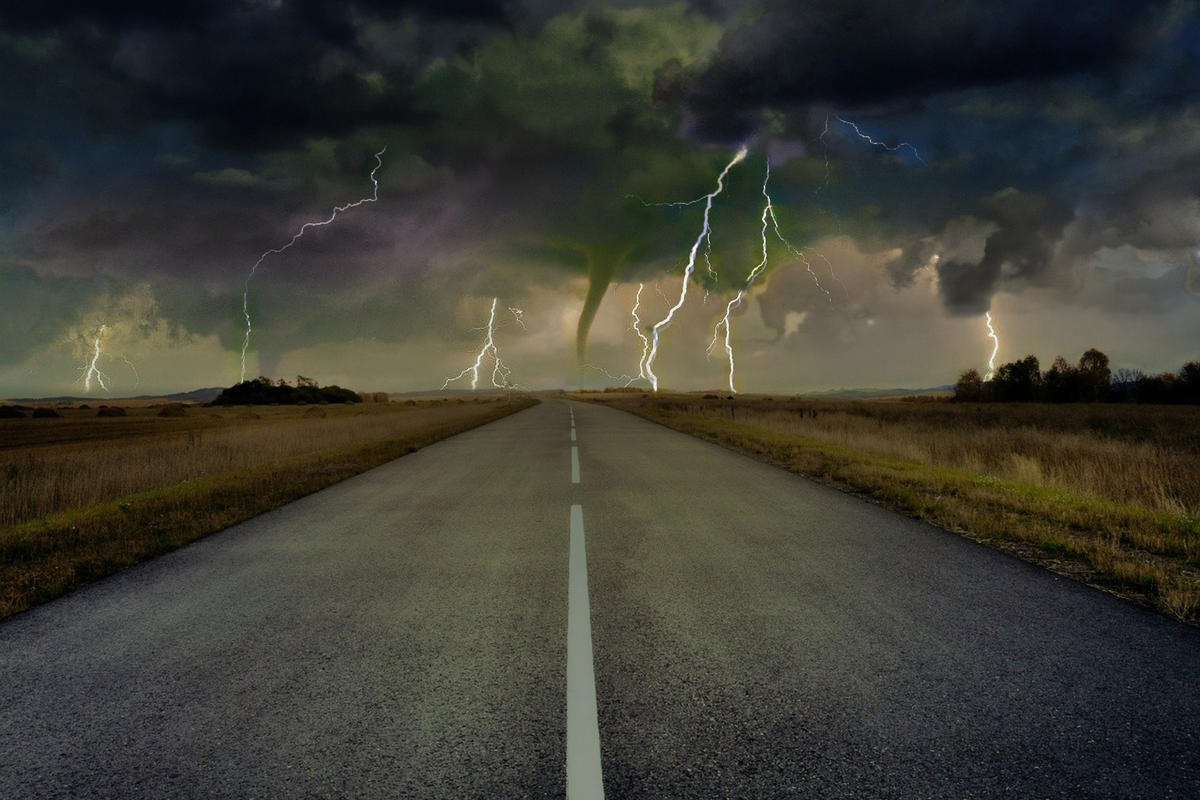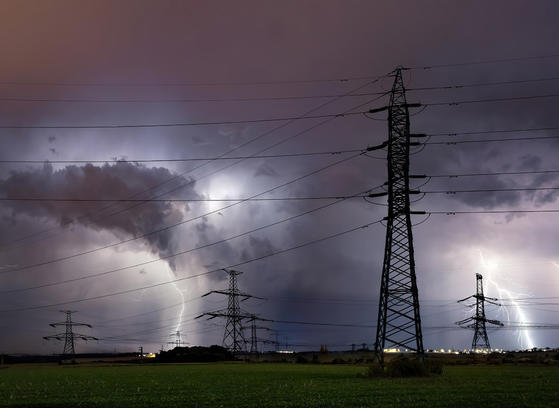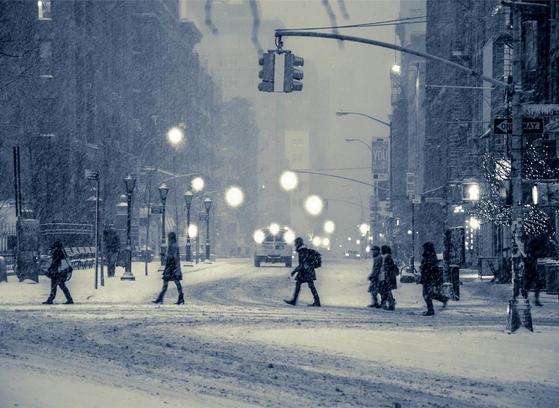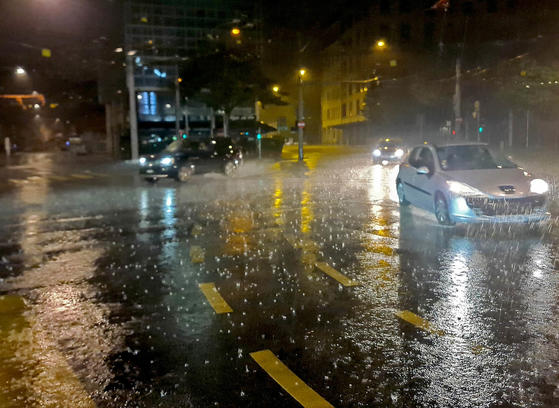Wind storms – including tornadoes, derechos, and high-wind thunderstorms – are responsible for millions of long-lasting power outages each year in the U.S. According to Climate Central, 58% of weather-related major power outages are the result of high winds, rain, and thunderstorms like these.
These outages are a major challenge for utility providers because each one could result in waves of customer complaints, contact center delays or outages, and millions of dollars in civil penalty actions and regulatory fines.
To prepare your contact centers for threats like tornadoes and derechos, it’s essential to perform regular, comprehensive performance and load testing and continuous monitoring. Here’s how to make sure that your organization is ready to withstand the sudden influx of customer calls and concerns.
Ensure optimized performance with Contact Center load testing
Utility company contact centers experience a huge variety of traffic volumes. There will be stretches when customer calls, SMS, email, and chat messages barely come in at all, but as soon as power starts going out traffic skyrockets – especially when wind storms threaten the comfort and safety of customers.
And, as winds pick up and traffic volumes into utility contact centers start to climb, traffic volumes out of utility contact centers do the same. During tornadoes warnings, for example, utility providers are more likely to send advisory campaigns: many leveraging outbound SMS and email campaigns to connect with customers about power usage and safety precautions.
To ensure the utility contact centers can handle the sudden increase in demand from internal and external sources, contact center leaders should perform utility-specific performance testing and load testing that simulates the worst conditions contact center applications, outage management systems, and CSRs will face.
Performed properly, these tests throw a spotlight on the performance, logic, and customer experience issues that cause delays and lead to regulatory non-compliance when the temperatures rise.
Common issues found during utility contact center testing include:
- Voice infrastructure bottlenecks: Dropped and delayed transfers to and from holding queues
- Outage application timeouts: Resource overutilization due to middleware sizing and SAP database latency
- Dropped calls while transferring from third-party IVRs to CSRs
Hammer has developed utility specific test plans that isolate and validate these commonly found chokepoints through a progression of tests that increase in complexity and scale. These test plans are executed to ensure that utility contact centers can meet regulator-required storm conditions (typically 70-90% outage conditions).
In fact, Hammer test reports are frequently submitted to regulators to prove that contact centers meet all relevant risk mitigation and due diligence requirements.
Why wind storms necessitate Contact Center load testing
Climate change is causing extreme weather conditions from heat waves and floods to devastating wind storms to be more common and more damaging than ever before. It makes sense that the demand for reliable power is keeping the same breakneck pace. What that means for utility providers is the need to serve more customers, more often, more efficiently than ever before.
With this increased demand comes increased regulations from the Federal Energy Regulatory Commission. Just this June, the FERC finalized its first-ever reliability standards for periods of extreme heat and cold.
As reported by Power Grid International, one of these new standards “directs transmission providers to submit reports describing their policies and processes for conducting extreme weather vulnerability assessments and identifying mitigation strategies.”
These new standards are in addition to existing federal, state, and municipal availability regulations enforced in the utility sector, which can levy millions of dollars in fines for non-compliance.
Wind storms blowing? Hammer Contact Center solutions can help
For over 30 years, Hammer has been the world leader in automated CX testing and quality assurance. In that time, we’ve helped some of America’s largest utility providers prepare their organizations for the most extreme weather conditions.
From customized test planning and comprehensive, end-to-end vulnerability assessments to ongoing quality monitoring and performance optimization, Hammer solutions are built to protect your brands reputation and help you deliver world-class customer service when and where it’s needed most.
Interested in learning more? Contact our team today to see how Hammer can help you overcome the worst conditions that Mother Nature throws at you.







